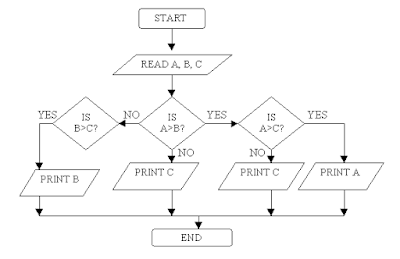Facebook’s artificial intelligence researchers announced Wednesday they had broken new ground by giving automated programs or “bots” the ability to negotiate, and make compromises.
The new technology pushes forward the ability to create bots “that can reason, converse and negotiate, all key steps in building a personalized digital assistant,” said researchers Mike Lewis and Dhruv Batra in a blog post.
Up to now, most bots or chatbots have had only the ability to hold short conversations and perform simple tasks like booking a restaurant table, according to the researchers.
But in the latest code developed by Facebook, bots will be able to dialogue and “to engage in start-to-finish negotiations with other bots or people while arriving at common decisions or outcomes,” they wrote.
Facebook’s Artificial Intelligence Researchers (FAIR) team gave bots this ability by estimating the “value” of an item and inferring how much that is worth to each party.
“FAIR researchers created many such negotiation scenarios, always ensuring that it is impossible for both agents to get the best deal simultaneously,” Lewis and Batra said.
“Furthermore, walking away from the negotiation (or not agreeing on a deal after 10 rounds of dialogue) resulted in 0 points for both agents. Simply put, negotiation is essential, and good negotiation results in better performance.”
But the bots can also find ways to be sneaky.
In some cases, bots “initially feigned interest in a valueless item, only to later ‘compromise’ by conceding it-an effective negotiating tactic that people use regularly,” the researchers said.
This behavior was not programmed by the researchers “but was discovered by the bot as a method for trying to achieve its goals,” they said.
copyright: http://en.prothom-alo.com










